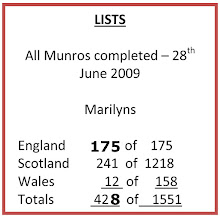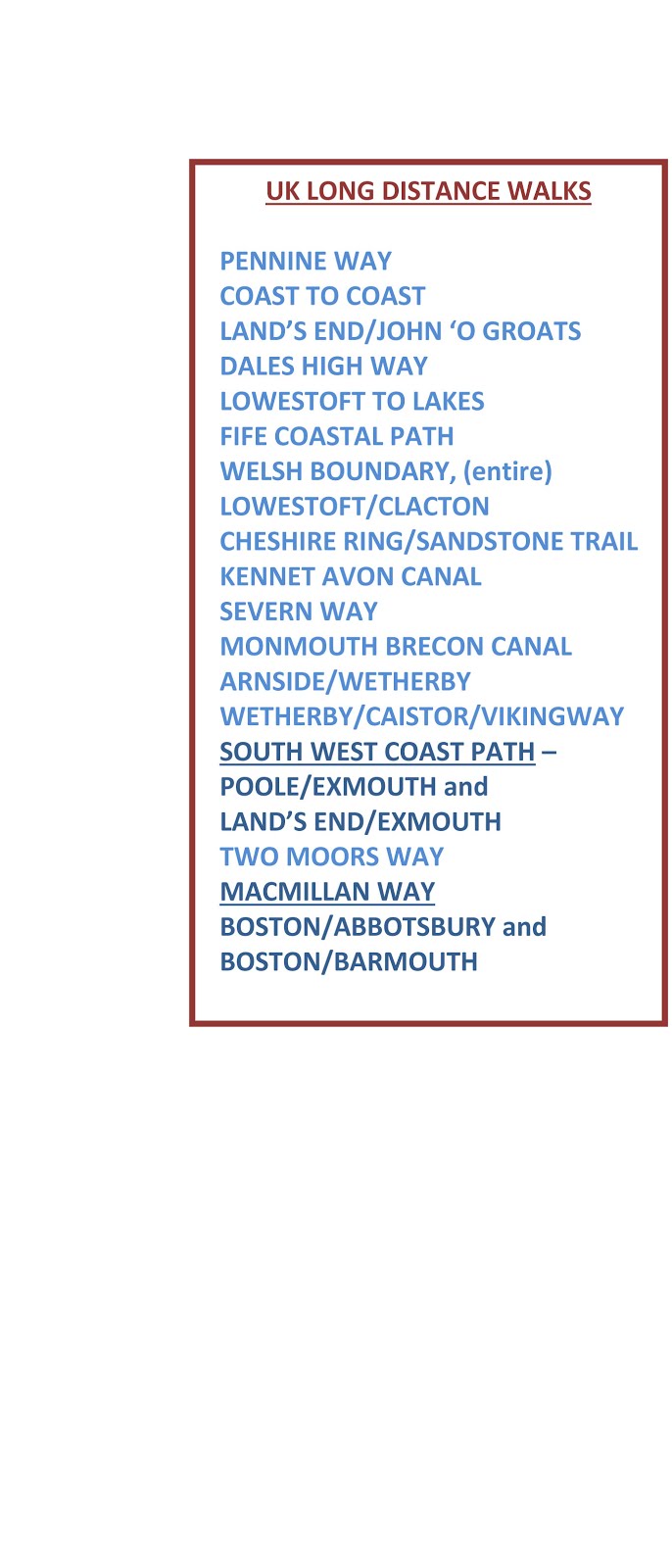"Of the characters hardened by army training Chris Preston stood out above the rest. He had been one of the party which clipped an hour off the Welsh 3000 footers, and after a day's climbing had raced up Snowdon in 48 mins. His route Advocate's Wall on the Devil's Kitchen was merely a prelude to a major breakthrough. On October 7th 1945 Preston led the first route on Suicide (WallSuicide Wall Route 1). By modern standards it is graded E2 5c, and one must remember that it was done in gym shoes - there were no runners - and it was utterly serious and committing from the moment that he made his big push. Not surprisingly there were only two repeats during the next 14 years, and the route remained for some years as the hardest route in the country. By comparison John Lawton's 1948 route Suicide Groove was far more amenable, but nevertheless it was an intimidating line and compared well with other hard routes of the day.
One pre-war push had been made when Paul Work and APG HUghes attacked the front to Llech Ddu but sadly after completing three very hard pitches they were forced to retreat. It was left to George Dwyer and Dickie Morsley to complete the Central Route of Llech Ddu in 1946. It was an inspired foretaste of what was to come in the future".
I have not been able to trace who seconded Preston on Suicide Wall, but guess this may have been our Dickie - I reckon persistent Googling may find the answer, but Climbers’ Club records are unreadable on badly reproduced pdfs. Somebody who is a member would presumably have access to the originals, which would also most ilkely be lodged with the British Library.






Was Syd Cross landlord of the ODG? I am unsurprised that a sport which finds it possible to use the verb "bestow" goes in for poorly rendered website material based on PDFs. It's probably a snob thing.
ReplyDeleteI reflect yet again on how much bad writing has emerged from climbing and how uncritical most of the reading audience is. For ages it was enough to utter gentlemanly prose which unerringly hid the details one most wanted to read. The later trend towards a working-class style is an improvement but is prone to fits of purple-passaging. I doubt I could list more than six climbing books which contained stories worth telling and had the technique to tell them properly.
BB - Syd was the ODG's landlord - I remember him well from visits to Langdale in the late fifties and early sixties.
ReplyDeleteThe pdfs are copies of the club's journals which were probably cheaply printed, and not having the benefit of modern technology, which were then likely scanned by an incompetent amateur.
I think your literary comment applies to most sports, especially some of the dreadful so called autobiographies.